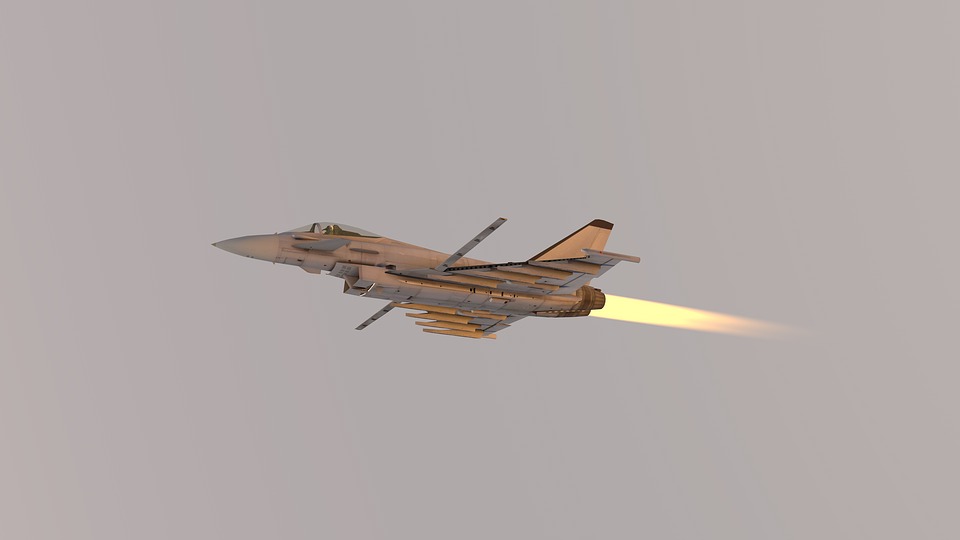This post is also available in:
 עברית (Hebrew)
עברית (Hebrew)
The evolving threat from heat-seeking missiles has been driving the development of distributed-aperture 360-degree coverage capabilities, while the low integration demand this type of system has on an aircraft makes it suited to rotary-wing platforms. As technology evolves, this type of system is becoming commonplace.
A new system has successfully demonstrated an initial ability to collect data during flight. Leonardo has carried out the first flight of its new missile warning system Multiple Aperture Infra-Red (MAIR), installed on a testbed helicopter.
MAIR consists of distributed IR apertures, and is leveraging the company’s experience in developing sensing and processing for infrared search and track (IRST) systems for the Eurofighter Typhoon and Gripen E fighters.
When data from each is fused together it provides a spherical coverage around the aircraft, which can aid with missile warning, hostile fire indication, and imaging, and provide an IRST capability. In missile-warning mode, MAIR can detect incoming missiles and determine that they are hostile (as opposed to other heat sources), providing early warning with a low false alarm rate, according to the company.
Between four and six IR apertures can be placed around the aircraft, each of which weighs some two kg (4.4 pounds) and measures approximately 10 cm (four inches), so it is a light, form-fit system.
However, although MAIR itself is being tested onboard a helicopter at this stage, and is suited to that type of platform, it is being pitched for fixed-wing applications as well, including for surveillance and transport types.
According to ainonline.com, MAIR is also being made available for both manned and unmanned aircraft, including business jets, for which a plug-in configuration will be made available.
Another system that MAIR complements is Leonardo’s Miysis DIRCM system, a directed infrared countermeasure which can be cued to carry out countermeasures when sensors identify a threat. This response would involve directing a laser into the missile’s seeker, which steers it away from the aircraft.
Together, the systems provide a more comprehensive defensive aids suite, testing for which is ongoing, the company says.
Additionally, the company is exploring different types of distributed-aperture systems as requirements evolve to welcome more modular and scalable offerings, including its Osprey active electronically scanned array radar.
MAIR will be production-ready in the first half of 2020 and delivery-ready in the second half of that year.




